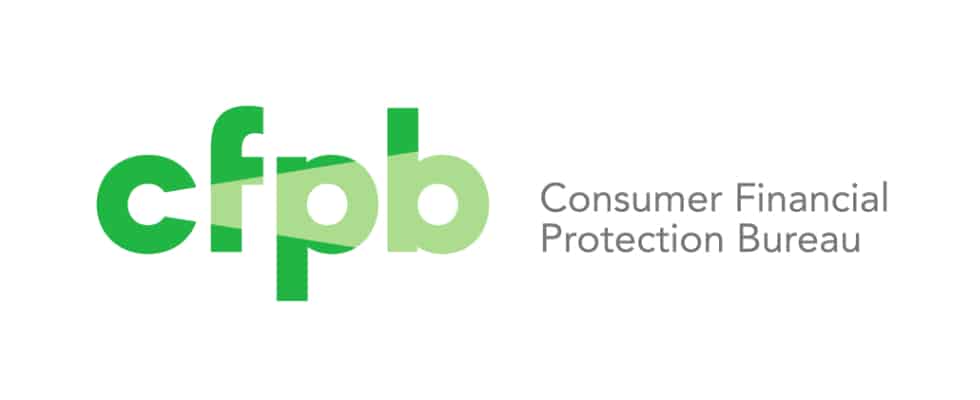On September 9th the CFPB released consent orders for Encore Capital Group of San Diego, CA and Portfolio Recovery Associates (PRA) of Norfolk, VA following an investigation uncovering their attempts to collect debt that they knew or should have suspected were invalid. Hitting the US’s two largest debt buyers and collectors with a combined settlement of $72 million in refunds and penalties (as well as the inability to collect on an additional $128 million in debt) for using deceptive tactics, sends a clear message about best practices surrounding debt substantiation in the collections industry.
According to the CFPB, after purchasing large portfolios of consumer debt, the two companies attempted to collect, knowing the sellers were providing imprecise balances. Debt sellers warned the companies that some of the debts purchased did not reflect the correct balance and possibly didn’t include past payments. Some sellers disclosed that documents for the accounts were unavailable, so neither debt verification nor legal recourse would be possible.
The companies continued to purchase and collect on the accounts without conducting an inquiry to determine the validity of the accounts, their correct balances or whether they were enforceable, the order said. Additionally, it says that during the course of collection communications with consumers, these two companies frequently stated incorrect balances, interest rates or payment due dates.
What the Encore and PRA consent orders tell us is that unsubstantiated debt should not be collected. In the past, responses to debt verification requests included limited documentation, or simply dropping collection efforts without extinguishing the consumer’s debt. This is no longer the case. In this case, the CFPB found that since documentation did not exist for much of the debt portfolios, the companies relied on consumer inaction to win legal judgments.
The CFPB is sending a clear message: only collect debt that comes with verified documentation. If we look at New York state’s regulation as precedence, every dispute can turn into a ticking time bomb that can only be resolved by providing documentation or extinguishing the debt. This is a painful departure from the current state of affairs, especially for debt buyers who have to manage large and aging portfolios.
In our white paper on digital disputes, we mention how it is the collector’s responsibility to make sure that the debt is transparent to the consumer. Not only is this best practices for the industry, it is in line with the Consumer Financial Protection Act of 2010 (12 U.S.C. §§ 5531). With recent enforcement actions, the CFPB is pressing the issue.
Given the importance of substantiating debt in collections, what should collectors do to ensure the validity of debts?
- Do due diligence prior to collecting
- Ensure access to sufficient documentation
- Enable digital disputes to improve dispute tracking and debt information to consumers
- Implement a system of code compliance throughout the collection process
There is a point in every industry where doing business the same way will no longer suffice. Now that debt collection is facing increasing scrutiny from regulatory agencies, previous ways of doing business and communicating with consumers are being challenged. This moment is an opportunity to use technology to support collections while remaining compliant. The time is now for the industry to engage in best practices to satisfy the CFPB, the debt collection industry and ultimately, serve the consumer.
